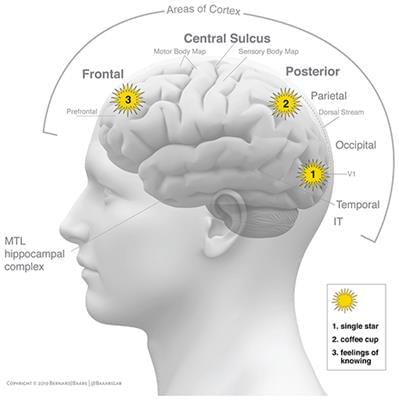Yang and co-workers state that “using inducible changes to the epigenome, we find that the act of faithful DNA repair advances aging at physiological, cognitive, and molecular levels, including erosion of the epigenetic landscape, cellular exdifferentiation, senescence, and advancement of the DNA methylation clock, which can be reversed by OSK-mediated rejuvenation. These data are consistent with the information theory of aging, which states that a loss of epigenetic information is a reversible cause of aging.” There is extensive evidence that the key reagent, restriction endonuclease I-PpoI, is cytotoxic. Moreover, the corresponding author published two papers—neither cited—showing that I-PpoI targeted to specific cell types causes a p53 response and cell elimination within a month. Despite globally inducing I-PpoI activation for seven times as long as required to induce a progeric effect, no analysis of mice during this critical window was presented. No significant conclusion of Yang was demonstrated.








